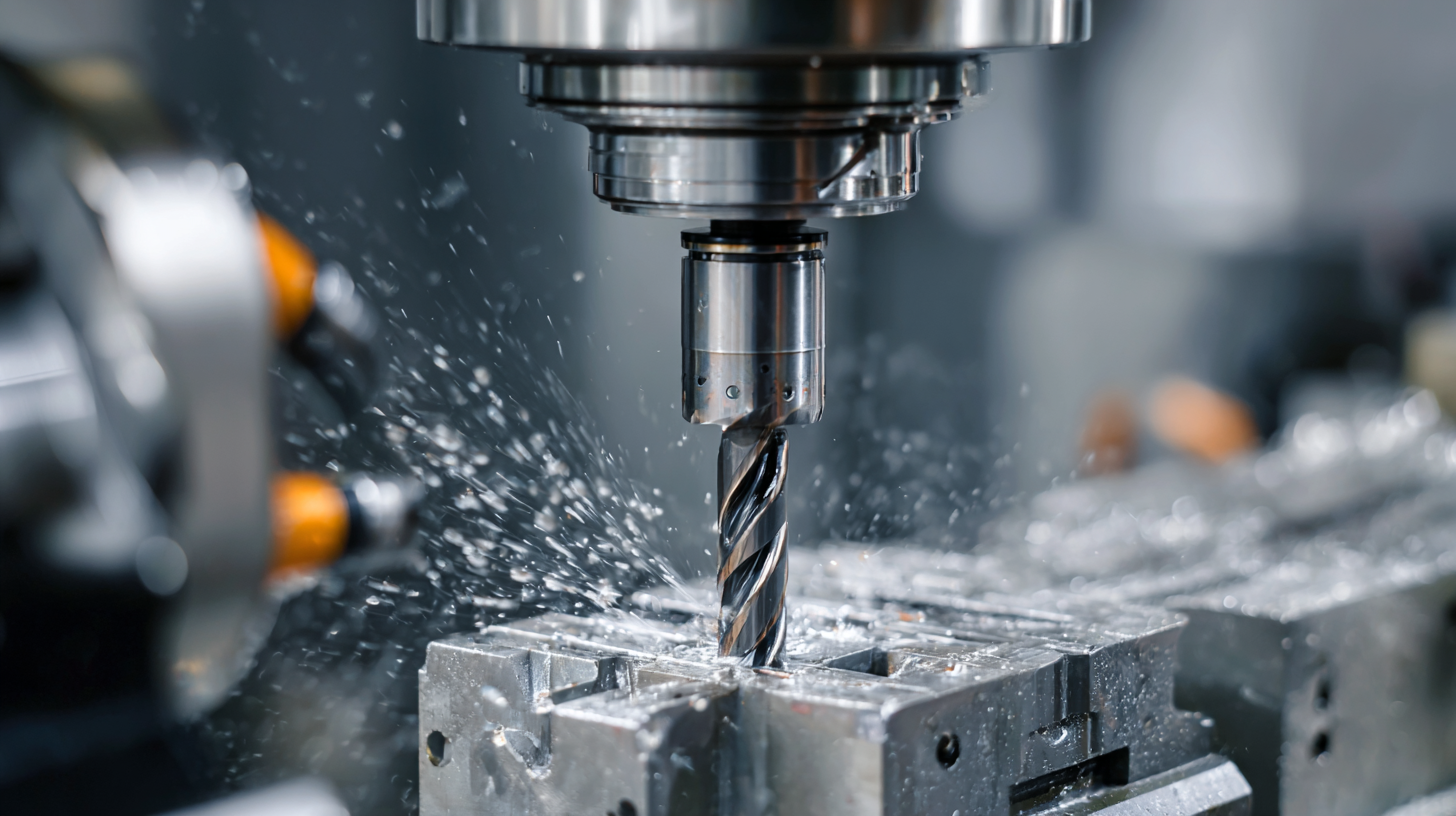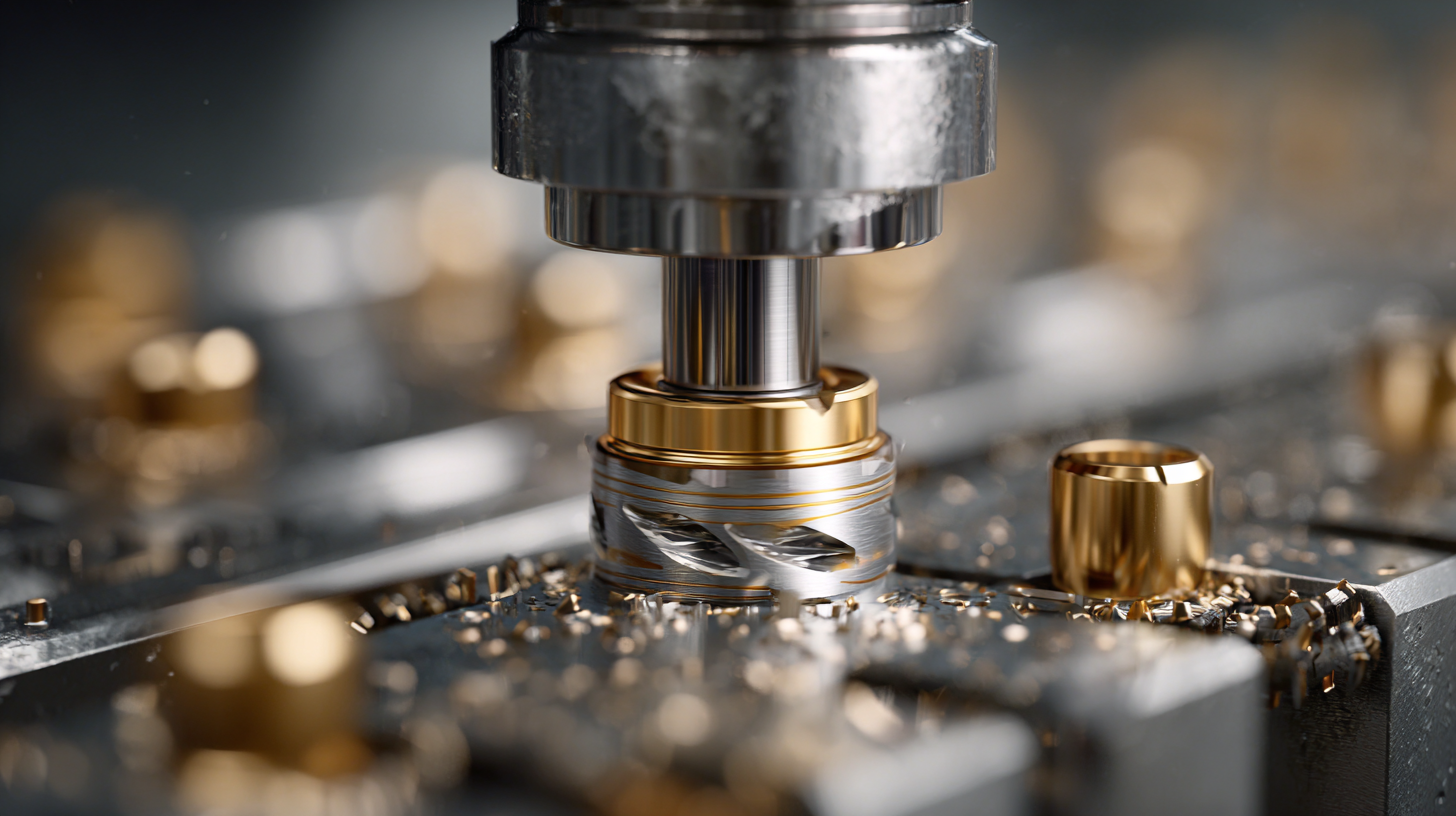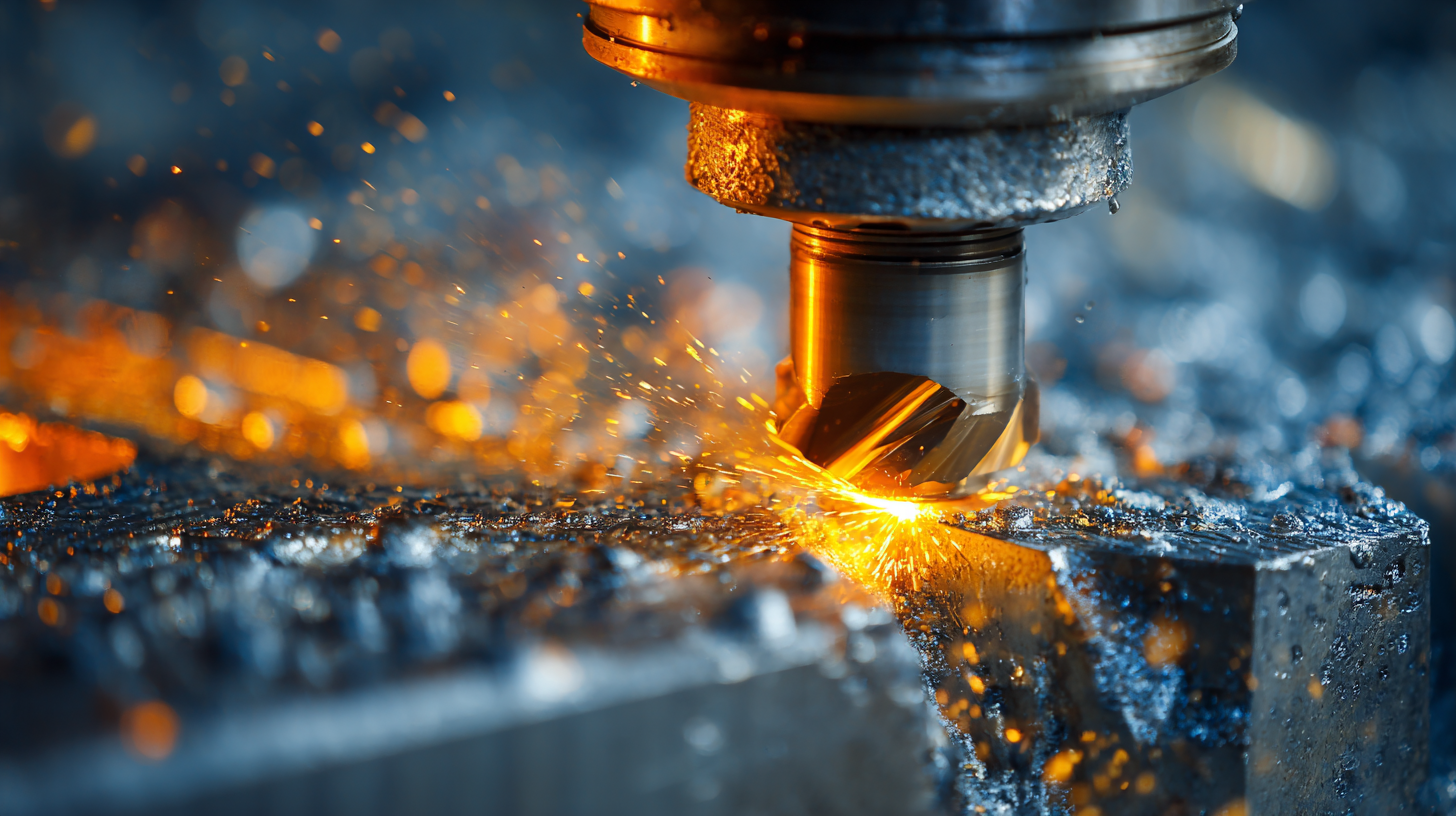SUNDI TOOLS
- Copyright © Wuxi Sundi Precision Tools Co.,LTD All rights reserved.
- Site Map
In today's competitive manufacturing landscape, selecting the right tooling solutions is crucial for optimizing production efficiency and ensuring superior results. Among these solutions, the carbide insert stands out as a pivotal component in various machining processes. The remarkable durability, heat resistance, and precision cutting ability of carbide inserts make them an indispensable choice for manufacturers aiming to enhance their operational capabilities. However, choosing the best carbide insert requires careful consideration, as several factors directly influence performance and cost-effectiveness.

In this blog, we will explore seven compelling reasons why investing in high-quality carbide inserts is essential for your manufacturing needs. From industry certifications to practical advice on selecting the right type, this guide will provide you with the insights needed to make informed decisions in your tooling selection process.
When it comes to manufacturing, selecting the right carbide insert is crucial for optimizing productivity and ensuring high-quality results. Carbide inserts come in various types, each designed to handle specific machining tasks. The most common types include coated, uncoated, and cermet inserts.
 Coated inserts have additional layers that enhance their wear resistance and heat tolerance, making them ideal for demanding cutting applications. Uncoated inserts, on the other hand, are well-suited for softer materials and general-purpose machining due to their straightforward design.
Coated inserts have additional layers that enhance their wear resistance and heat tolerance, making them ideal for demanding cutting applications. Uncoated inserts, on the other hand, are well-suited for softer materials and general-purpose machining due to their straightforward design.
Another important category is the cermet inserts, which combine ceramic and metal properties, providing excellent surface finishes while maintaining toughness. Each insert type is characterized by its geometry, coating materials, and substrate composition, which impacts their performance in different machining environments. By understanding these characteristics, manufacturers can make informed choices to improve cutting efficiency, prolong tool life, and reduce downtime, ultimately leading to a more efficient and cost-effective production process.
When it comes to selecting the right carbide insert for your manufacturing needs, understanding the differences between various materials is crucial.
Carbide inserts are primarily made from tungsten carbide, cobalt, and tantalum, each offering unique properties. Tungsten carbide is renowned for its hardness and wear resistance, making it ideal for tough machining operations. Cobalt, often used as a binder, enhances toughness and improves resistance to chipping. Tantalum, while less common, can provide exceptional performance in high-temperature applications.
Tip: When considering carbide inserts, evaluate the nature of the materials you are machining. For softer materials, a cemented carbide insert may suffice, while harder alloys will require inserts with higher cobalt content for added durability.
In addition to material selection, consider the geometry of the inserts. Different shapes and cutting edge designs can influence efficiency and finish quality. For instance, positive rake angles can reduce cutting forces, improving tool life and surface finish. Conversely, negative rake angles may provide better stability in heavy-cutting scenarios.
Tip: Always consult with your insert supplier to understand which geometry pairs best with your chosen material for optimal results.
Choosing the right carbide insert for your manufacturing operations can dramatically influence tool performance and overall efficiency. The geometry of the insert plays a critical role in determining how well a tool performs under various conditions. Inserts with optimized designs not only enhance cutting performance but also reduce tool wear and extend the lifespan of the tool. Recent innovations highlight how specific geometric features, such as chip breakers, can be tailored to improve material removal rates and ensure better surface finishes, leading to significant productivity boosts.
Tip: When selecting an insert, pay close attention to its geometry. Inserts designed with appropriate land widths and chip breakers can significantly alter the cutting dynamics, optimizing the interaction between the tool and the workpiece.
Additionally, advancements in measurement technology, such as using laser profile sensors, allow manufacturers to monitor tool wear in real time. Understanding wear patterns according to established standards helps in making informed decisions about insert maintenance and replacement, ultimately driving efficiency in manufacturing processes.
Tip: Regularly monitor and analyze insert wear patterns to ensure peak performance. Investing in adaptive maintenance strategies will enhance productivity while minimizing downtime and manufacturing costs.

In today's competitive manufacturing landscape, selecting the right carbide insert can significantly impact operational costs. Carbide inserts are essential for enhancing precision and efficiency in machining processes, translating into reduced waste and improved product quality. By investing in high-quality carbide tools, manufacturers can optimize their cutting speeds and tool life, ultimately leading to lower production times and greater profitability.
The global carbide tools market is witnessing robust growth, projected to reach $18.41 billion by 2032. This surge is fueled by the increasing demand for precision in various industries, particularly automotive and woodworking. Innovative drilling tools that employ advanced carbide inserts not only boost productivity but also foster sustainable practices by minimizing energy consumption and raw material usage. Thus, the right carbide insert is not just a cost consideration but a strategic asset that can enhance operational efficiency and drive down overall expenses for manufacturers.
When selecting carbide inserts for various manufacturing applications, several key factors come into play that can significantly impact performance and efficiency. First and foremost, understanding the material you're working with is crucial. Different inserts are designed for specific materials ranging from aluminum to titanium, and choosing the wrong insert can lead to poor surface finishes or excessive tool wear. Additionally, the compatibility of the insert with the machining method, be it turning, milling, or drilling, plays a vital role in achieving optimal results.
Another critical aspect to consider is the geometry of the carbide insert. Inserts come in various shapes and edge configurations, which influence the cutting action and chip formation. A well-suited geometry not only enhances cutting efficiency but also contributes to longer tool life. Moreover, one should pay attention to the coating of the inserts. Coatings can enhance heat resistance, reduce friction, and improve overall performance, making them a valuable feature to evaluate when selecting your carbide inserts. By carefully considering these factors, manufacturers can ensure they choose the best carbide inserts for their specific needs, ultimately leading to improved productivity and cost-effectiveness.